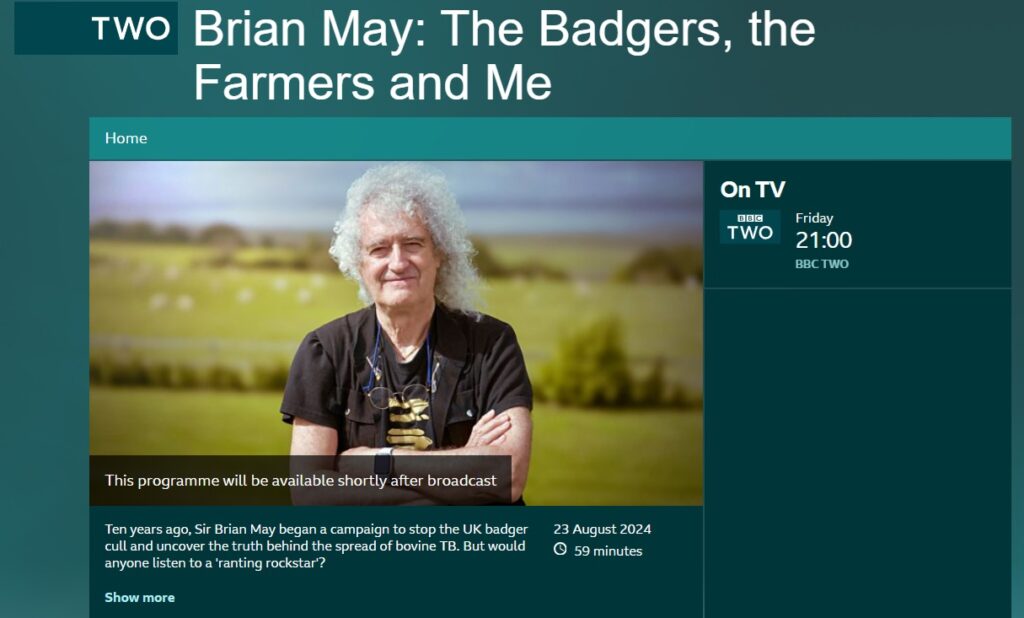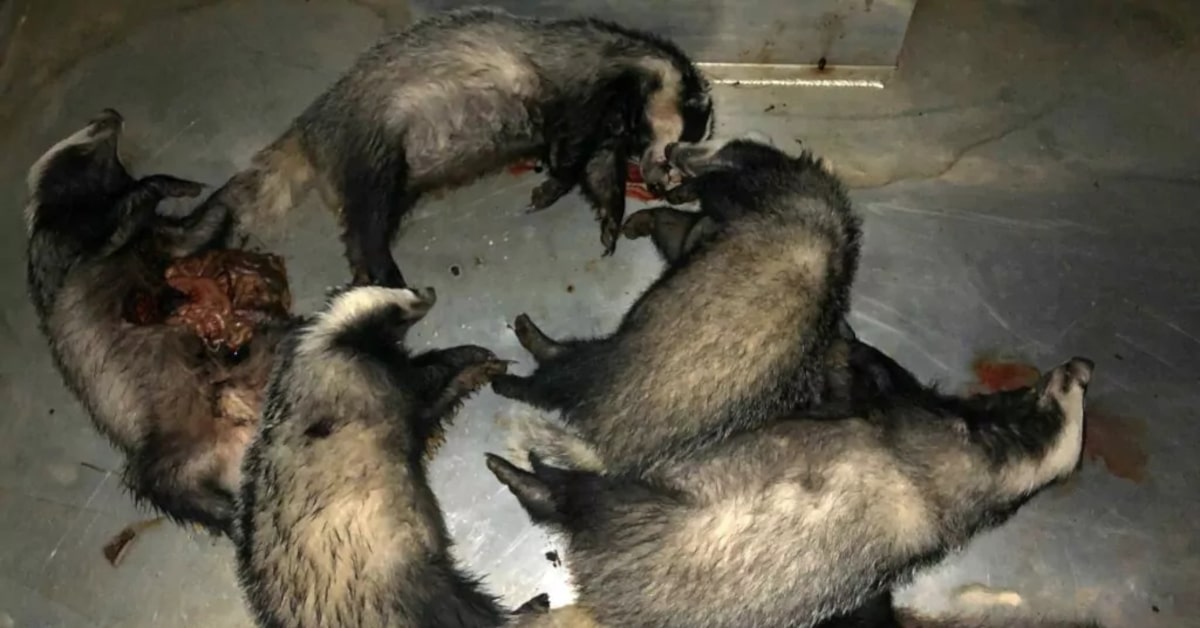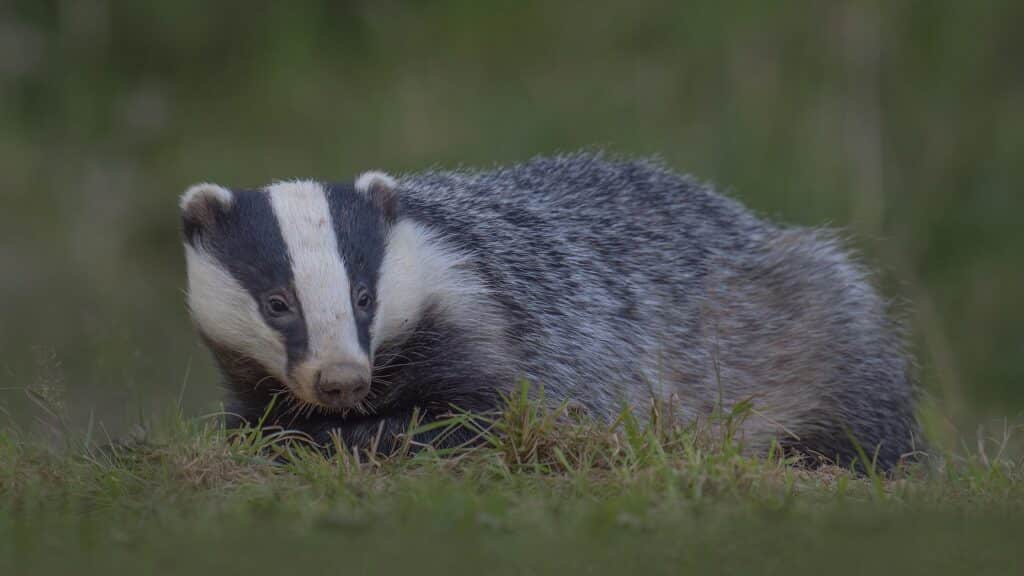The BBC will air the documentary Brian May – The Badgers, the Farmers, and Me on 23 August. The landmark film, which was four years in the making, promises to expose the flawed science behind the controversial badger cull. This years-long policy has seen over 230,000 of the beloved mammals killed in the English countryside. Some of the ongoing killing is even now the subject of legal action as Natural England approved licences against the advice of its own Director of Science.
Already, the documentary is facing pushback from proponents of the badger cull. Such opposition is to be expected because although the documentary is long overdue, it could not have come at a better time – for badgers that is.
Gatcombe Farm
In 2010, the incoming Conservative government made clear its intention to kill badgers as part of its strategy for tackling bovine tuberculosis (bTB) in cows. What followed has been nothing short of a massacre, with the number of areas in England permitted to slaughter badgers spiralling since the policy was rolled out in 2013.
Over this period, May and Anne Brummer, CEO of the Save Me Trust, an organisation set up by the pair to “give wild animals a voice”, have worked to discover the truth about how Mycobaterium bovis, the causative agent of bTB, is spreading among cow herds.
To investigate bTB, May and Brummer joined forces with dairy farmer Robert Reid at Gatcombe Farm in Devon, and Dick Sibley, a veterinarian with extensive experience in bTB management.
The documentary tells the story of what they found, namely that the key to tackling bTB lies in the herds, not the badgers. Brummer says that by studying the transmission and interactions of bTB within Gatcombe Farm’s chronically infected herd, they discovered that cows “can harbour M. bovis for years, even passing skin tests undetected.” Though the journey involved steep learning curves, Brummer says the outcomes are crystal clear:
Our research demonstrates that it’s possible to manage bovine TB within your herd without worrying about an infected badger population. It’s shocking that over 230,000 badgers have been killed based on flawed science.
The film also highlights undercover footage revealed by Protect the Wild in 2022, which shows the stark reality of how badger carcasses have been handled and disposed of in the cull.

Guilt by association
The Gatcombe Farm findings outlined in the film will present a dramatically different picture to the official line taken by the previous government on bTB. While acknowledging that cow-focused measures are important, it insisted that killing badgers is an essential part of the strategy for tackling the disease.
To back up this claim, it relied on findings and studies that generally do not analyse cow-focused measures and badger culling separately, meaning they do not determine which of the measures specifically impacts bTB rates in cows.
A comprehensive study of the impact of badger culling on bTB rates in cows was published in 2022, however, which supports the Gatcombe Farm findings. This study endeavoured to find out what particular measures had an impact by analysing bTB rates in areas that were subject to cow-focused bTB measures, such as increased testing, but only variously subject to badger culling, across a more than ten-year period.
The study identified a pattern in bTB reductions across most of the areas, regardless of when culling was introduced in them. It determined that the reductions were most likely due to cow-focused measures as that was the common denominator.
Ahead of the airing of Brian May – The Badgers, the Farmers, and Me, proponents of the badger cull have made claims similar to those of the previous Conservative pro-cull government. As the Radio Times reported, for instance, the National Farmers’ Union’s president Tom Bradshaw described the bTB strategy as “hugely successful” and stressed that one study found large bTB reductions in areas that “had four or more years of wildlife control.”
What’s missing from Bradshaw’s statement is that cow-focused measures were used alongside “wildlife control” in those areas, with the study itself acknowledging that its analysis “cannot explicitly distinguish the effects of the BCP’s [Badger Control Policy] component measures.”
In other words, in the absence of analysis that determines which exact measures are responsible for bTB reductions, badgers are effectively being branded ‘guilty’ by association.

Decision time
The upcoming documentary appears set to exonerate badgers by demonstrating that infected herds can be transformed into healthy bTB-free ones without killing wildlife.
When the documentary airs on BBC Two at 9pm on Friday, this story will likely outrage members of the badger-loving public. It has already angered the Countryside Alliance. Set up to fight the ban on hunting and previously relatively silent about the cull, the organisation has laughably accused the BBC of ‘bias’ just for showing the documentary – a ridiculous claim given space in the Daily Mail, the right-wing ‘newspaper’ smarting from losing its influence in government at the last election.
Importantly, the new Labour government will be watching. They are the ones who will make the decision to end – or continue – a hugely unpopular ‘ animal management’ programme that has overseen the largest destruction of a protected wild mammal in UK history. They have already characterised the cull as “ineffective”, and May’s film only reinforces that statement.
For now, though, ministers say they will honour the existing licenses doled out by Natural England in mid-May to “give us time” to build an alternative strategy. They haven’t explained why a future strategy can’t be built alongside the cessation of killing yet more healthy badgers, and are facing loud calls, including from Protect the Wild, to end a slaughter that will continue until the start of 2026 – thirteen years after it began.
Can the blueprint documented in the film – the so-called ‘Gatcombe Protocol’ – change the government’s mind? May is adamant that for the sake of the wild and farmed animals involved, as well as farmers, change must come – and quickly. He says:
I came in to save the badgers. I now realise that to save the badgers, you have to save everybody because it’s a mess. It’s a tragic human drama where people’s hearts are broken, where animals are killed unnecessarily and the problem never gets solved.
Header image by caroline legg / Flickr, cropped to 2240×1260, licensed under CC BY 2.0

